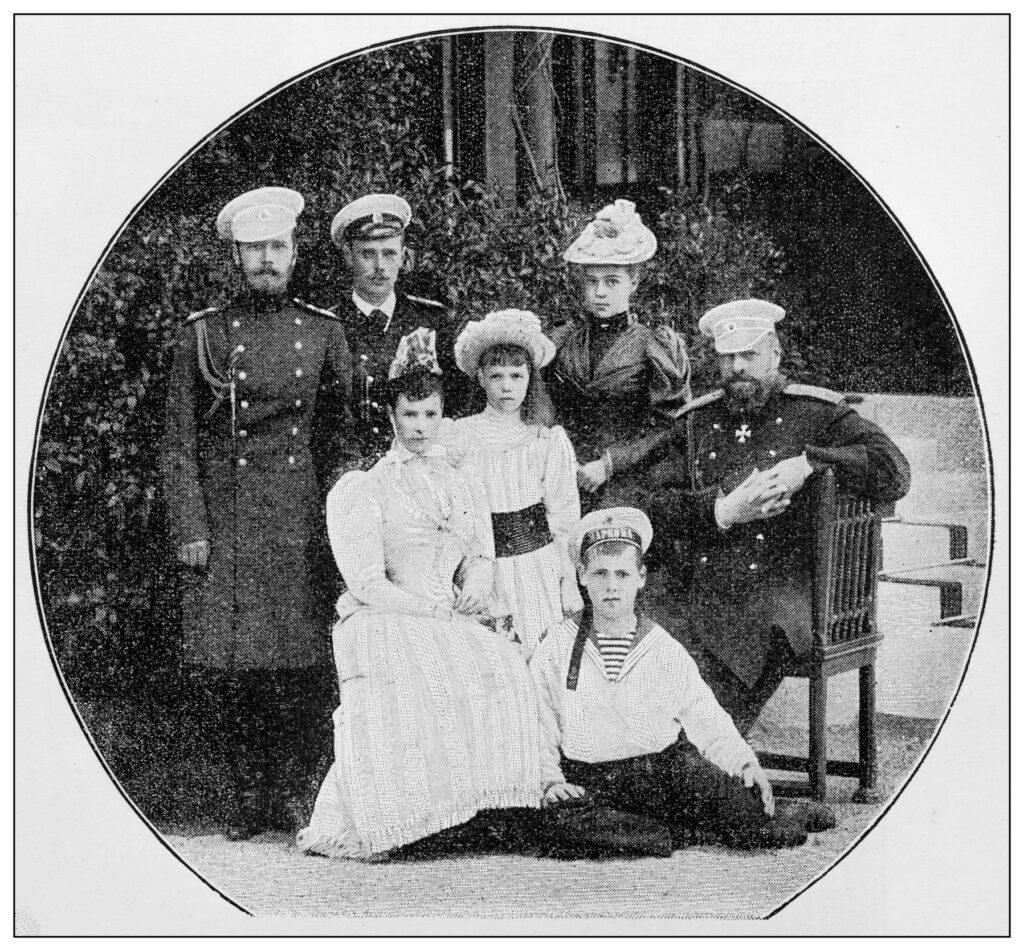After Russia lost the war to Japan, calls for revolution intensified as the working class felt the pinch of the loss. Tsar Nicholas II of Russia enacted reforms on January 29, 1905, to improve the living conditions of workers. Although the Tsar was able to quench the 1905 revolts, the stage was set for the 1917 October Revolution.
The Backstory
Just seven days before the January 29, 1905 reforms, a group of workers led by a priest marched to the Tsar’s palace to demand better working conditions. The conflict was not aimed at the Tsar. Rather, protesters wanted him to use his powers to reform a country that was built on the backs of underpaid workers and disgraced soldiers.
Instead of helping, Tsar Nicholas II ordered the Imperial Army to open fire on the protesters. A hundred were killed, and even more were injured during what is now considered “Bloody Sunday.”
The Reforms
Not surprisingly, Bloody Sunday kickstarted a series of protests. Tsar Nicholas responded with a few notable reforms, including the October Manifesto, which established a multi-party system and a Russian Constitution. He also established the State Dulma, also known as the Imperial Dulma, which provided a lower Senate house in the Russian Empire. The upper house consisted of the State Council.
The idea was to create a series of checks and balances to ensure the people had a voice. Unfortunately, the Tsar prohibited any real progress. In addition to refusing to appoint a prime minister, Tsar Nicholas II failed to create a Constitutional Assembly or give the country’s parliament any power to make new laws.
In other words, the reforms offered great promises that were not put into practice.
The Public’s Response
To Tsar Nicholas II’s dismay, the public responded with what is now considered the First Russian Revolution. The mass social and political unrest was aimed at the noble ruling class and the Tsar specifically.
The days were filled with strikes, military mutinies and peasant uprisings. Although revolutionaries were still a minority during this time, the movement was growing. Later, Vladimir Lenin described this as the Revolution of 1905 and likened it to a dress rehearsal for the greater October Revolution in 1917.
Quick Facts:
- The 1905 revolutions were fueled by the international humiliation at the Russo-Japanese war, which Russia woefully lost.
- Luckily, Tsar Nicholas II survived the 1905 revolutions, but history would not repeat itself twelve years later when the Tsar was executed.

